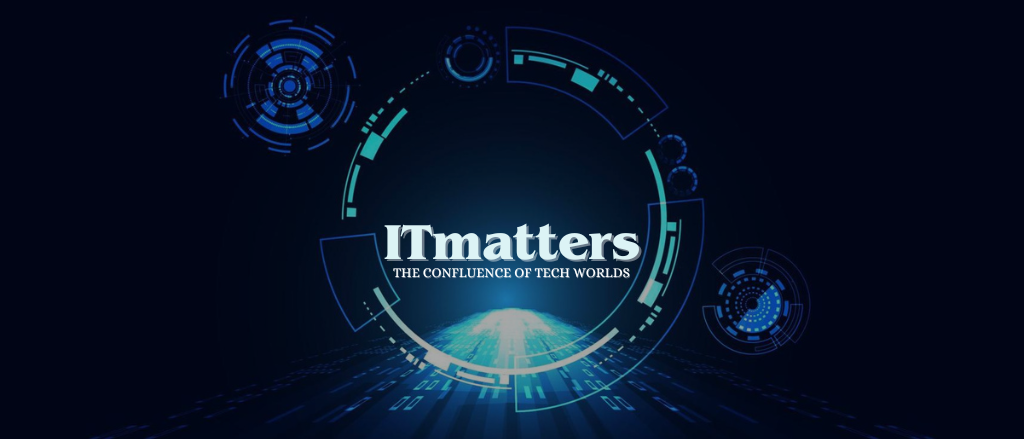
Manus: A Fully Automated AI Agent
China’s latest AI breakthrough — Manus is not just another chatbot, it is the world’s first fully autonomous AI agent. Unlike ChatGPT or Gemini, which need human input, Manus operates on its own, making independent decisions in real time.
The leak has sent shockwaves through the global AI community. Experts say this marks a turning point in artificial intelligence. But what exactly is Manus, and why is it so disruptive?
What Makes Manus So Different?
Manus is not an ordinary AI model. It is an independent agent that can complete complex tasks without constant human supervision. Instead of responding to prompts, it takes action on its own.
It can analyze financial transactions, screen job candidates, generate research papers, design marketing campaigns, and even build websites. It works faster and more accurately than humans, never needing rest or breaks.
How Does Manus Work?
Manus uses a multi-agent system. A central “executor” manages specialized sub-agents, each handling different tasks. Unlike AI tools that work in isolation, this model assigns and monitors workflows, ensuring seamless execution.
It runs in the cloud, meaning users can give it a goal and shut down their computers. Manus continues working in the background, notifying users when the task is complete.
This sets it apart from OpenAI’s Operator and similar AI systems, which require user interaction within a browser.
A Surprise from China: How Did This Happen?
China’s AI progress has often been seen as lagging behind the U.S. But that perception changed in 2024.
The release of DeepSeek V3, followed by its R1 reasoning model in January 2025, signaled that China was closing the gap. Some called it China’s “Sputnik moment” for AI.
Now, the new Chinese model takes this a step further. It is not just another model; it is a fully autonomous AI system capable of handling multiple industries at once.
What Can Manus Do?
Manus integrates with 29 tools and open-source software. It can browse the web, interact with APIs, run scripts, and even develop software independently. Unlike traditional AI tools, it doesn’t wait for human prompts. It takes the initiative.
For example, if given a zip file of resumes, this AI tool doesn’t just rank candidates. It reads each one, extracts key skills, cross-references job market trends, and presents a final hiring decision.
If asked to find an apartment in San Francisco, it won’t just list properties. It will factor in crime rates, rental trends, and weather conditions to deliver the best options tailored to the user’s needs.
Silicon Valley’s Growing Concern
For years, AI leadership has belonged to U.S. firms like OpenAI, Google, and Meta. The belief was that the most powerful chatbot would control AI’s future.
Manus changes that equation. It shifts AI from passive assistance to self-directed action. And it is entirely built in China.
This has caused alarm in Silicon Valley. Industry leaders fear that the Chinese AI agent could push businesses to replace human workers with AI—not by choice, but by necessity.
Ethical and Regulatory Challenges
Manus raises serious concerns. Who is responsible if an autonomous AI makes a costly mistake? How do companies regulate an AI that doesn’t require human oversight?
Chinese regulators have yet to introduce clear rules for AI autonomy. Meanwhile, Western governments struggle with outdated frameworks designed for AI systems that rely on human supervision.
The Future of Work Has Arrived
The era of self-directed AI is no longer a concept—it is here. While Manus is currently available only to select testers, it will continue to improve. Once released to the public, it could redefine how businesses operate.
